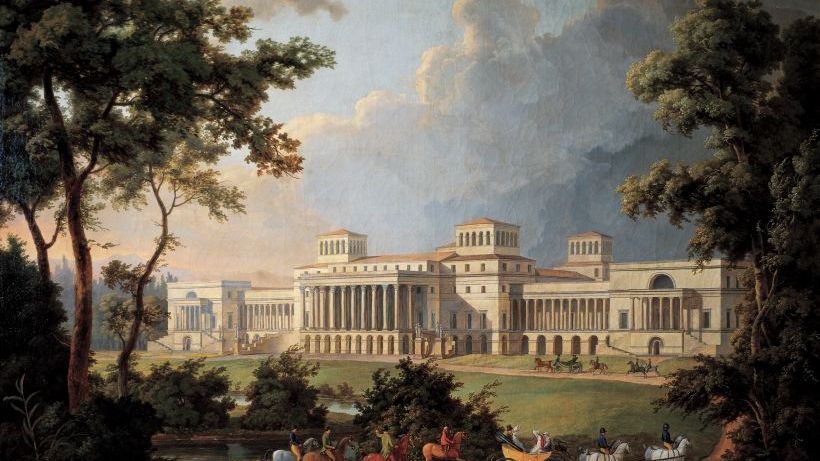Haydn’s Symphony No. 104 in D Major: A Triumphant Farewell to London
With Symphony No. 104 in D Major, Franz Joseph Haydn bid a triumphant farewell to London. Composed in 1795, this was the last symphony Haydn would write, and the final installment in the set if 12 “London” symphonies the composer presented over the course of his two trips to the bustling English capital. For 29 years between 1761 and 1790, Haydn was employed as kapellmeister of Esterházy Court. Isolated in the Austrian-Hungarian …







